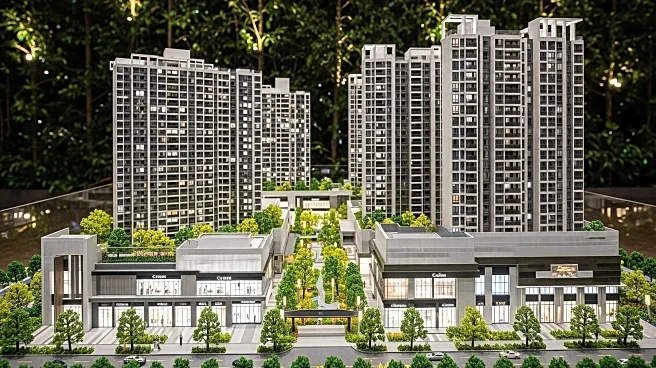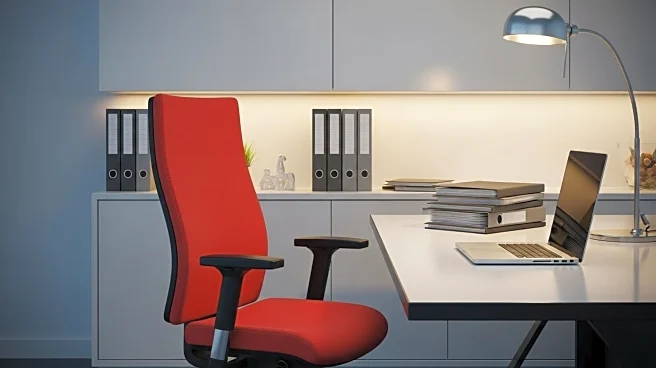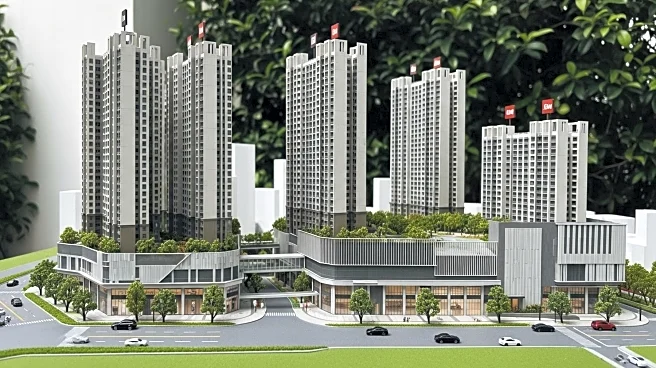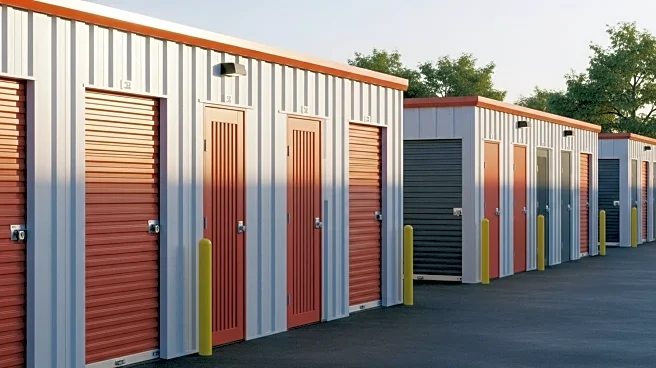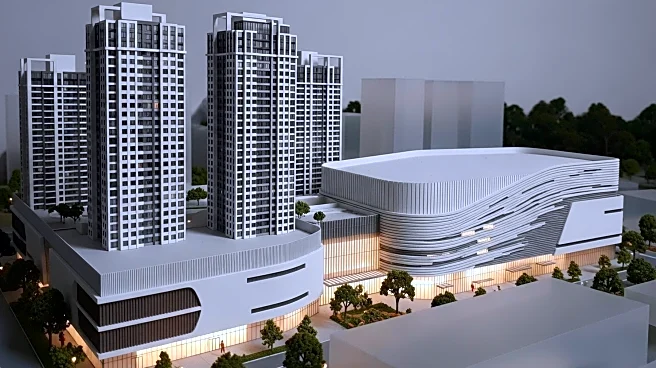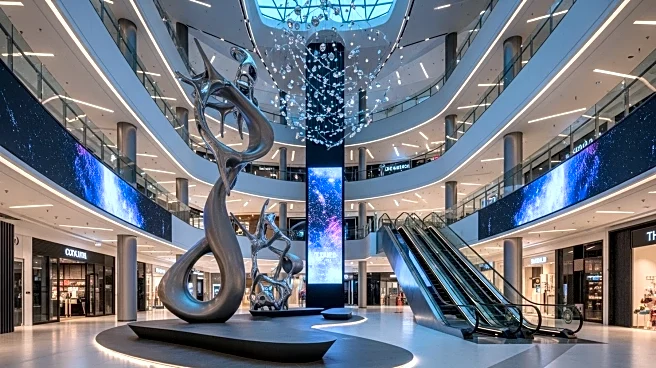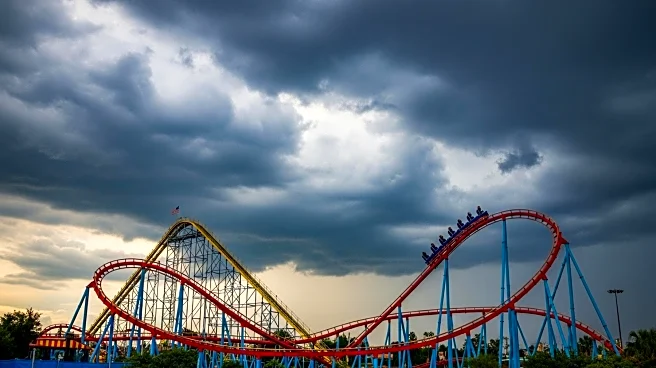What is the story about?
What's Happening?
Hawthorn Mall in Vernon Hills is undergoing a significant redevelopment, known as Hawthorn 2.0, which aims to transform the traditional shopping mall into a mixed-use community hub. The redevelopment's second phase, recently approved by the Vernon Hills Village Board, will introduce 290 new apartment units and 37,000 square feet of retail and restaurant space. This phase follows the completion of the first phase, which saw the conversion of the former Sears building into an apartment complex with retail shops. The redevelopment is part of a broader trend where malls are being reimagined as vibrant, walkable neighborhoods, offering residential options alongside shopping and dining facilities. The project is expected to be completed by 2028, with construction starting in the coming year.
Why It's Important?
The redevelopment of Hawthorn Mall reflects a growing trend in the U.S. where traditional malls are being repurposed to meet the changing needs of communities. This shift is significant as it addresses the decline of traditional retail spaces due to the rise of e-commerce. By integrating residential units and local businesses, these redevelopments aim to create sustainable, community-focused environments. This approach not only revitalizes the mall itself but also has the potential to boost local economies by attracting residents and visitors. However, there are concerns about the impact on small-town downtowns, which may suffer as malls become new community centers, potentially leading to a decline in traditional downtown areas.
What's Next?
As the redevelopment progresses, stakeholders will be closely monitoring its impact on the local community and economy. The success of Hawthorn 2.0 could serve as a model for other malls across the country facing similar challenges. Local officials and developers will need to ensure that the new development meets the needs of the community, providing essential services and amenities. Additionally, there may be discussions on how to support traditional downtown areas to prevent their decline. The project will likely attract attention from urban planners and developers interested in innovative solutions for revitalizing retail spaces.
Beyond the Headlines
The transformation of malls into mixed-use developments raises questions about urban planning and community design. While these projects offer a solution to the decline of traditional retail, they also challenge the concept of what a downtown should be. Critics argue that without essential services like schools and libraries, these redevelopments may fall short of creating truly integrated communities. The ethical implications of prioritizing commercial interests over community needs will be a topic of ongoing debate. As more malls undergo similar transformations, the long-term effects on urban landscapes and social dynamics will become clearer.
AI Generated Content
Do you find this article useful?
